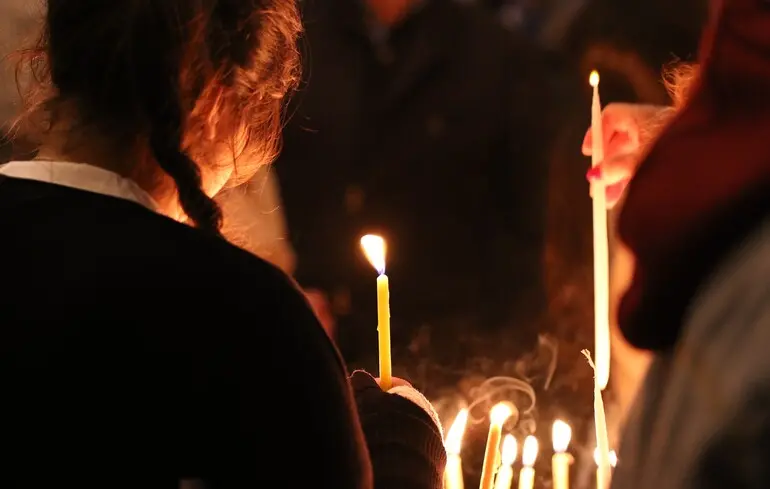Hazelnut Transfiguration: traditions, symbolism, and celebratory rituals in August

The Hazelnut Transfiguration, celebrated annually on August 16th, stands out as a vibrant spiritual holiday deeply embedded in Ukrainian traditions, carrying rich historical roots and a wealth of ceremonial customs.
This holiday marks the culmination of the August series of Orthodox festivals dedicated to Christ, symbolizing the transition from summer to autumn.
Folk names such as Hazelnut, Bread, or the Image not Made by Hands reflect the diversity of customs and beliefs associated with this day.
According to popular legends, the third Transfiguration signifies a farewell to warmth and greenery, reminding us that summer yields to autumn and the harvest season begins.
Typical observances include baking bread from the newly harvested grains, gathering walnuts for making medicinal infusions for winter, and crafting beneficial baths with hazelnut branches, believed to ward off ailments.
People traditionally visited baths and steamed with hazelnut boughs, trusting in their healing properties.
Another common ritual involved blessing water in wells and cleansing sources.
Prayers offered on this day primarily beseeched Jesus Christ for healing, protection, and mercy, emphasizing divine aid in overcoming physical and spiritual difficulties.
These prayers embody folk beliefs in God’s power to heal and safeguard.
Beyond its spiritual significance, the holiday symbolizes the end of harvest work and prepares communities for the colder months ahead, strengthening cultural and religious ties passed down through generations—a vital aspect of Ukrainian spiritual life that continues to this day.

